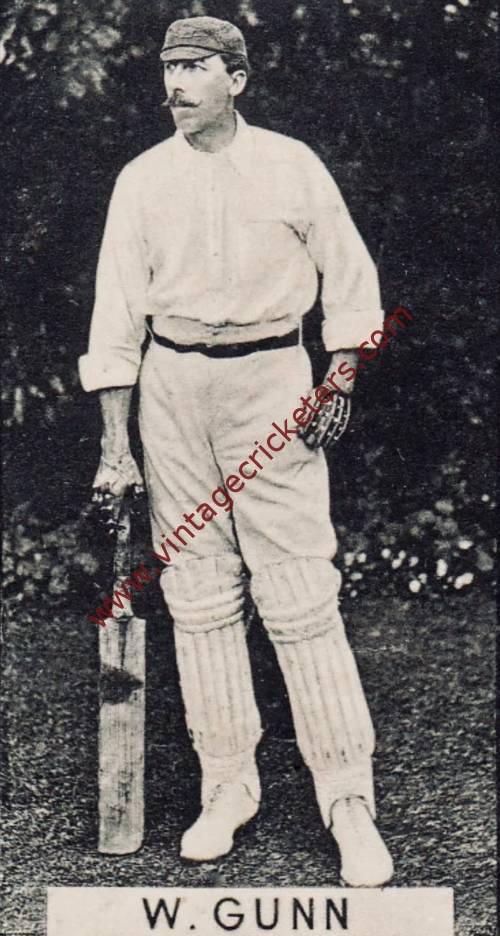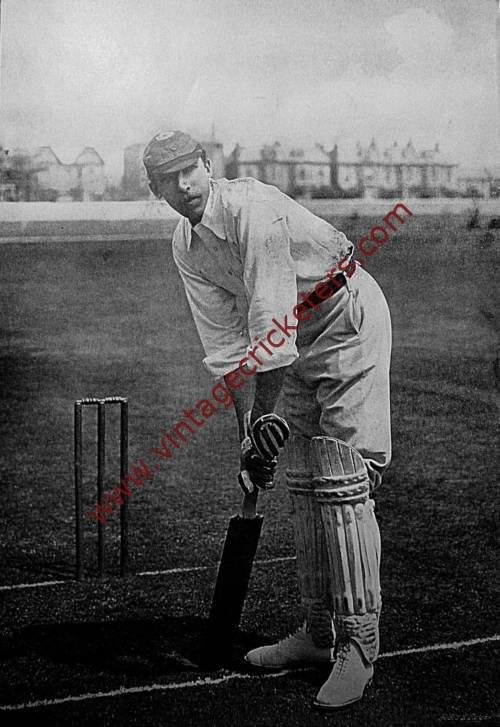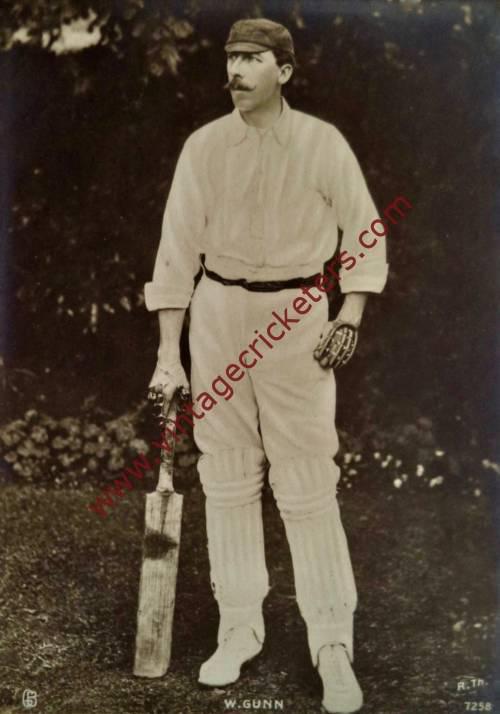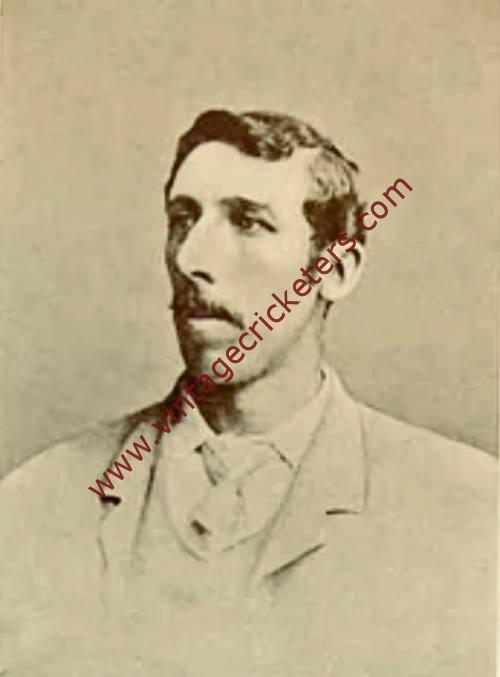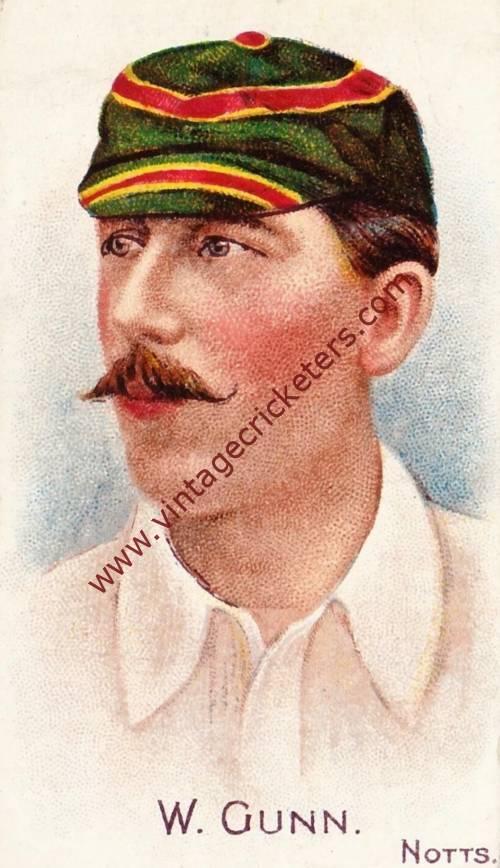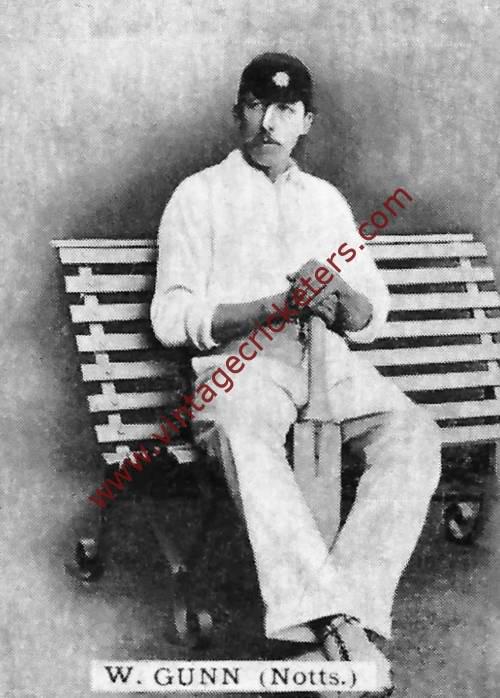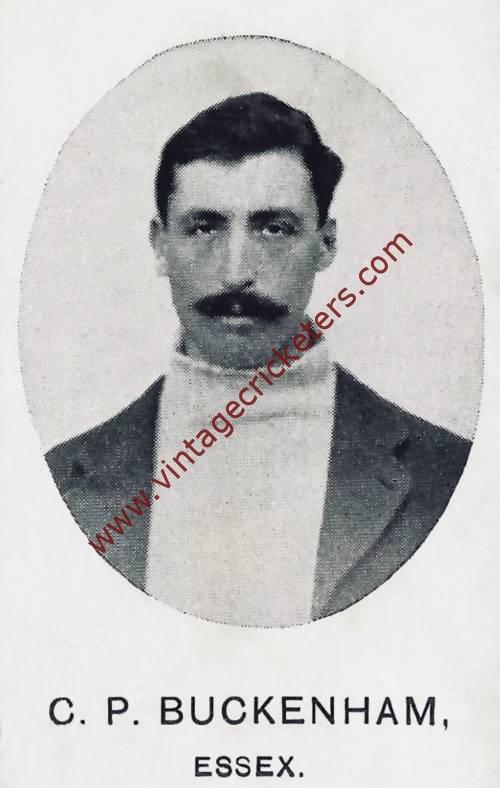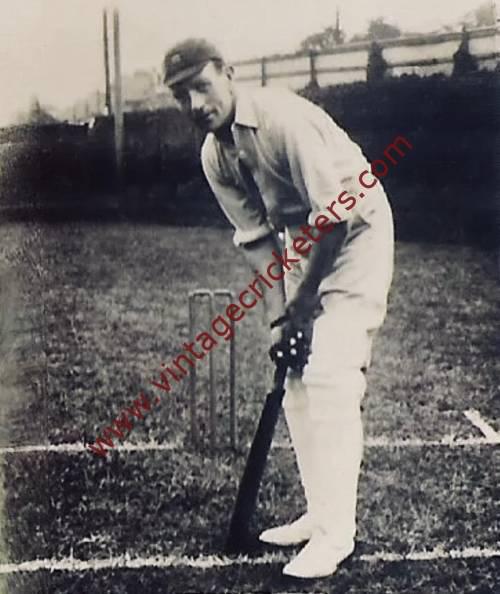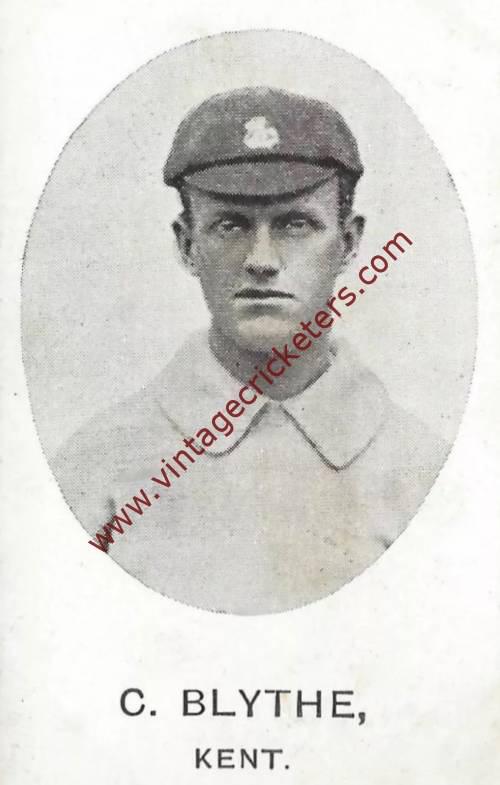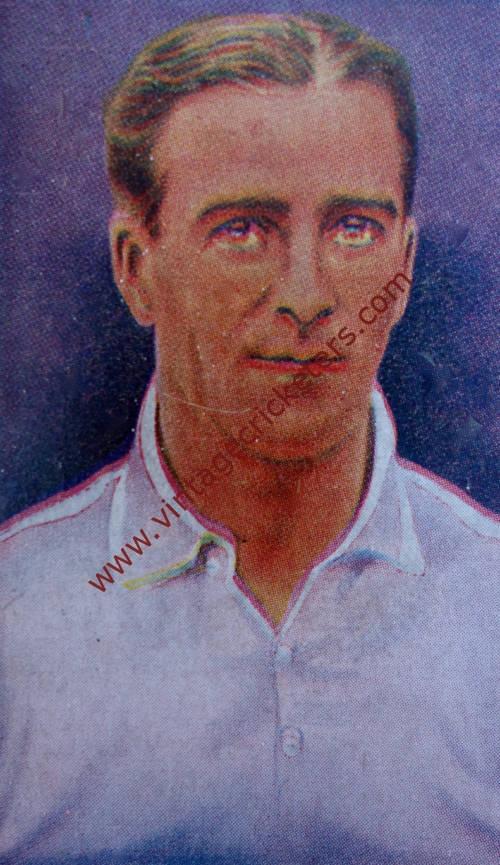Please choose your photo size from the drop down menu below.
If you wish your photo to be framed please select Yes.
Note: 16″x 20″not available in a frame.
Images can also be added to accessories. To order please follow these links
£4.95 – £49.95
In stock
Please choose your photo size from the drop down menu below.
If you wish your photo to be framed please select Yes.
Note: 16″x 20″not available in a frame.
Images can also be added to accessories. To order please follow these links
The maximum number of views of this element is reached.
Please contact the webmaster to enable unlimited views.
Probably more famous as a cricketer than as a footballer but excelling in both sports, Nottingham born double cricket and football international Billy Gunn’s cricket career was highly successful, representing Nottinghamshire between 1880 and 1904. Gunn was a specialist right-handed batsman who occasionally bowled slow underarm lobs. He was an outfielder who was noted for his accurate throwing. His most successful season was 1889, following which he was voted Wisden Batsman of the Year. He joined his Nottinghamshire colleagues Alfred Shaw and Arthur Shrewsbury in the English cricket team in Australia in 1886-87, making his Test match debut that January and playing 11 Tests for England through till June 1899, when he played his final match also against Australia, with a top score in Test matches of 102 not out, and a batting average of 21.77.
His career statistics are impressive. In 521 first class matches he scored 25,691 runs at an average of 33.02, with a highest score of 273 among 48 first class centuries, with 117 fifties. He also took 78 wickets at a surprisingly economical 23.68 a piece, on one occasion taking 10 wickets in a match, with a best of 6-48. He took 333 catches and (surprisingly) made one stumping.
In his Wisden citation, Gunn was described in the following terms:
…we think we are correct in saying that no batsman of the same height [6 ft. 2½ in.] has ever played in more elegant and perfect form. Even before he rose to his fame as a batsman, Gunn was one of the most brilliant fields in the country, and it was the general opinion of practical cricketers of his era that in the long field and at third man he had never had a superior. Gunn was a member of Alfred Shaw and Arthur Shrewsbury’s team in Australia during the season of 1886/7, and averaged 21.8 in eleven-a-side matches, and 20.7 in all matches.
His other lasting contribution to cricket is through his business. Gunn founded the sports equipment firm Gunn and Moore in 1885, still perhaps the number one name for quality in cricket bats, and later became the first former professional cricketer to serve on a county club committee.
His football career was no less stellar. Playing outside right and Gunn signed for Nottingham Forest sometime in 1880-1881 and made only one appearance for Forest, in November 1881.
In February 1882 he signed for Notts County but had to wait until November 1882 to make his debut. This was an F.A. Cup first round tie, played at Trent Bridge, Nottingham against Sheffield. Notts County achieved a big win, 6-1. Gunn was 6ft 2 in tall, weighed 12st 2lbs, and had the ability to throw a football long distances, “establishing himself as the Delap of his day by hurling the ball inhuman distances… with one hand”. At the time, rules for throw-ins were not formalised, but when his throws “repeatedly hurtled into Scotland’s penalty area from well inside England’s own half” in an unofficial match in 1882, he “forced the FA to change the law to [that of] … today.”
He won two caps for England, playing in a 1-0 defeat to Scotland at Caithkin Park, Glasgow in March 1884, and again two days later in a 4-0 win over Wales at The Racecourse Ground, Wrexham, in a match in which he scored the final goal in the last minute.
When Notts County joined The Football League in 1888, Gunn made his Football League debut at Aston Villa that September, his only appearance in their first League season. He then made his next first team appearances two seasons later in January 1891, playing in a defeat to Everton at Anfield and in an FA Cup tie win over Burnley at the end of the month. He made his next and final appearance for The Magpies two years later, scoring in a 4-0 win over Newton Heath in January 1893.
Wisden described his footballing career in the following terms: “For several years Gunn was one of the most brilliant forwards in the country at Association football, but latterly gave up the game, reserving himself entirely for cricket.”
Gunn was appointed a director of Notts County Football Club in August 1890. In July 1920 he became the President of Notts County Football Club. In a series of reader’s letters appearing in The Football Post in 1920, a Mr. W. Dawson of Sutton-in-Ashfield, shared his reminisces of Billy Gunn: “The finest outside-right who ever played football. How he used to delight the Trent Bridge spectators with his delightful runs along the wing. He seemed to go from one end of the field to the other in about three strides.” The latter observation obviously associated with his great height and resultant long stride. Gunn was also renowned before the law changed for his massive one-armed throws from the touchline. He passed away, still as President of Notts County, on 19th January 1921, in the Standard Hill district of Nottingham, at the age of 63.
His nephews, George and John Gunn, were both England Test cricketers in the 1920’s.
| Weight | N/A |
|---|
